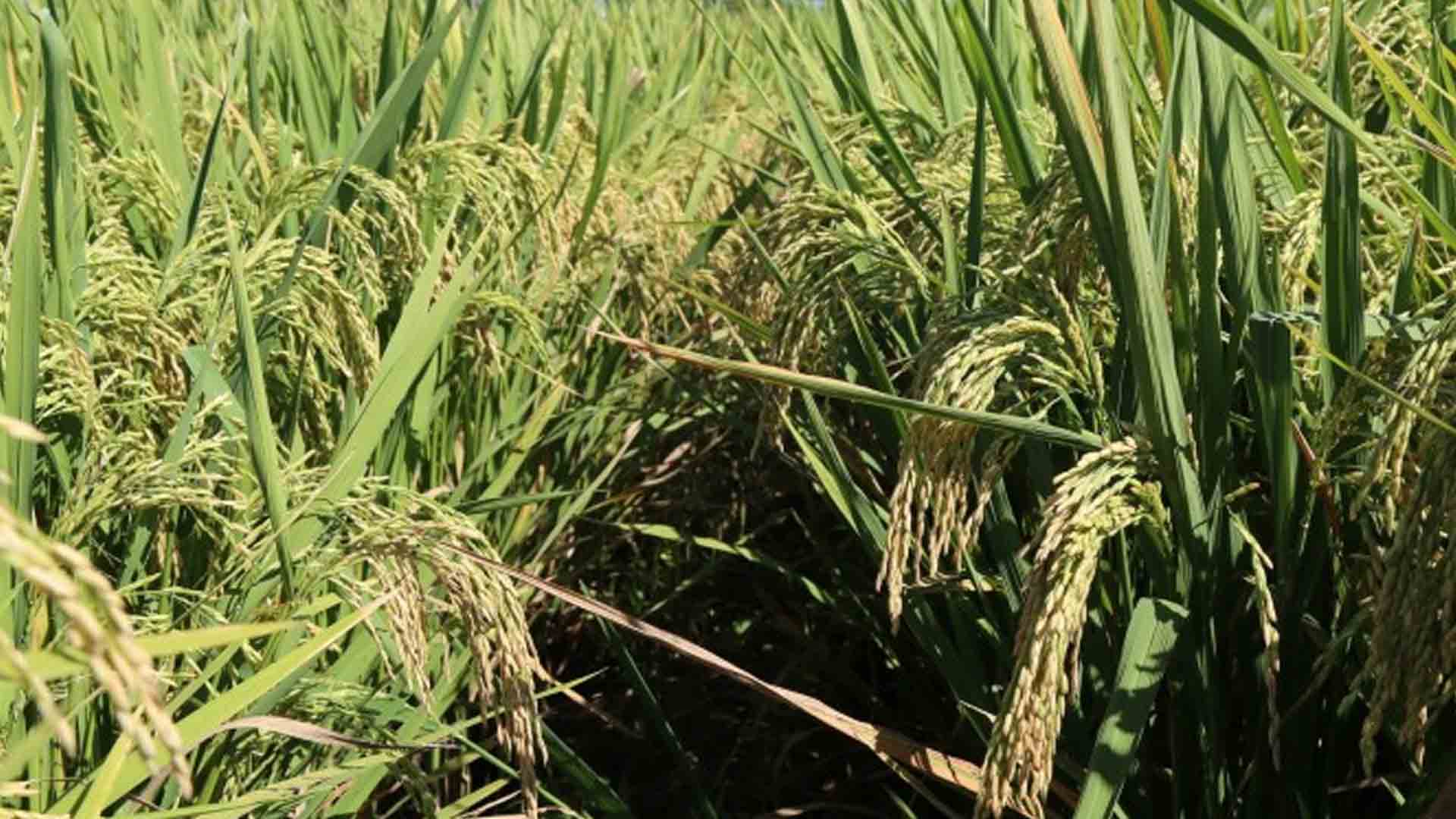Central Luzon, the country’s rice granary, remained the country’s top producer of palay in the first quarter of this year.
Based on the latest data of the Philippine Statistics Authority-Regional Statistical Services Office-Central Luzon (PSA-RSSO III), the region produced 772,855 metric tons of palay, contributing 17 percent to the country’s output.
The production volume is higher compared to the 699,044 metric tons during the same period last year.
The double-digit increases in the volume of palay production in the provinces of Aurora, Bulacan, Nueva Ecija, and Pampanga contributed to the increase in the region’s overall palay production by 10.6 percent.
On the other hand, Tarlac and Zambales’ production decreased by 1.8 percent and 32.0 percent, respectively.
Data also showed that almost all of the palay harvested in the first quarter of 2022 in Central Luzon was from the irrigated ecosystem with 99.5 percent while only 0.5 percent came from the rainfed ecosystem.
Palay harvested under the irrigated ecosystem grew by 10.5 percent to 73,032 metric tons.
Rainfed ecosystem, meanwhile, recorded a 22.8 percent (780 metric tons) increase in the volume of production
Nueva Ecija remained the top producer of palay in the region with its registered production of 246,758 metric tons for the first quarter of 2022.
This constituted almost one-third or 31.9 percent of the region’s total production.
This was followed by the provinces of Tarlac, Pampanga and Bulacan with 22.3 percent, 21.3 percent, and 13.0 percent, respectively.
The combined production of Aurora, Bataan and Zambales, comprised the remaining 11.5 percent of the total palay production of the region.
Crispulo Bautista, regional executive director of the Department of Agriculture-Central Luzon, said the region’s high palay production was due to government interventions and favorable weather.
Bautista cited the government’s Rice Competitiveness Enhancement Fund program which helps farmers attain high yields. (PNA)







